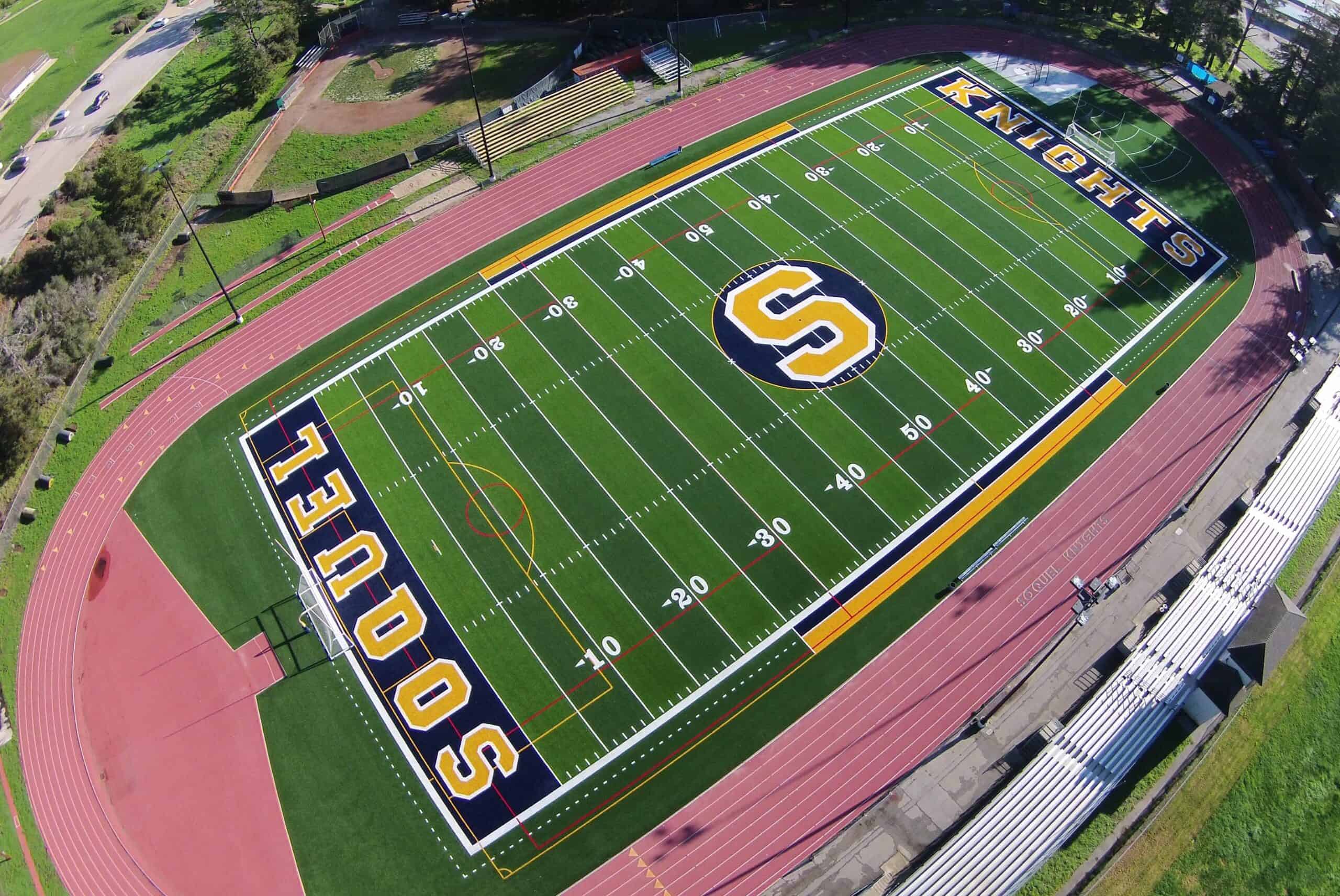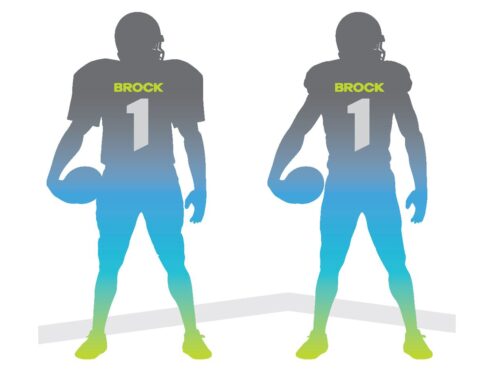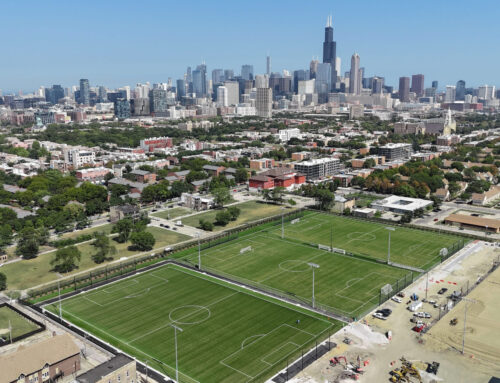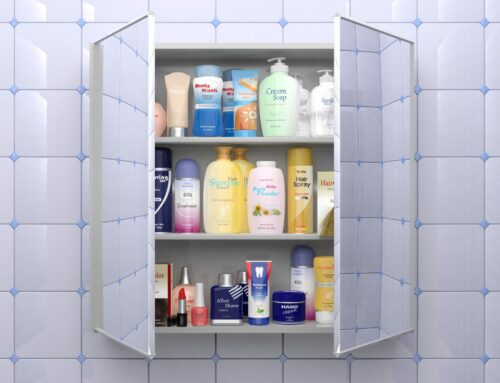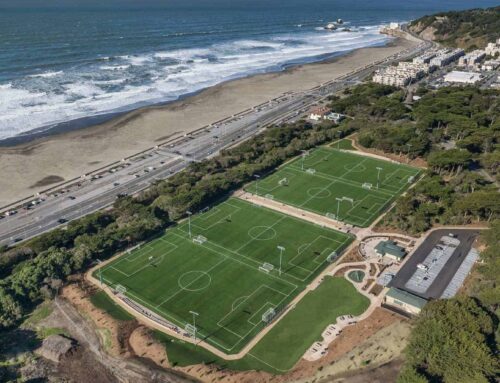Our program of testing and ongoing improvement continues. We are coming up on some fields approaching their 1-year birthday. Those fields will be tested again so we can document longer term field performance.
Since the founding of Brock and our entry into the athletic field industry, we have always operated from a few key assumptions. First, the most basic competition in our sector is between natural turf and artificial turf. With still only a minority market share when compared to natural turf, there is still significant room for artificial turf to grow as an industry. Second, winning that battle requires artificial turf to meet the evolving needs of players and communities better than natural turf, and those needs include growing concern about player safety and environmental impact. Third, we can only meet those needs through innovation and the need to continually invest in R&D. Finally, our fourth premise is that artificial turf is a system, so while we can innovate in our components, we need to do so collaboratively with the other companies in our industry in order to win the bigger battle together.
When we started the development of BrockFILL, our goal was to contribute a key asset to the industry’s future, something we could collectively tout and be proud of, and that would neutralize a few lingering objections to artificial turf. We felt it was important to have an alternative to SBR or other plastic infills so when new issues arose, such as rubber being classified as a microplastic, our industry was ready. We are also highly sensitive to athlete feedback when it comes to things like heat. Coincidentally, during our development, the NFL and NCAA both came out with studies indicating a higher incidence of lower extremity injuries on artificial turf than on natural turf. Regardless of one’s opinion on those studies, we don’t want the market to react by simply not choosing artificial turf. The industry needs a cost effective and abundant domestic solution – a surface that feels more like natural turf and avoids the various concerns over rubber. We knew that we were in a good position to pursue organic infill, because we could make up for its lack of impact absorption by coupling it with our Shock Pad products.
Thus, our vision was to help the industry as a whole, increasing the use of artificial turf fields for our partners and customers and let’s be honest, as well as for ourselves. We thought that since everyone is buying rubber, if we could find a replacement for it manufacturers would integrate it into their systems as an environmental and affordable option. No one has an exclusive on any infill, so we thought a natural affordable infill would be embraced by industry as a “generic” like rubber is. That is certainly happening on some level.
It seems, however, that BrockFILL is disrupting the market more than we thought it would, or at least faster than we thought it would. When we made the business decision to manage BrockFILL as a proprietary R&D project, we did not intend to create animosity between Brock USA and other companies. We strive to provide the best service, products and support to anyone we work with, all for the benefit of the end user.
Contact sports are under attack, and we want to make artificial turf the SAFER choice for athletes so schools have less motivation to cancel their sports programs. The concussion problem was a major attack on sports itself. But we are now building fields that take away that angle against artificial turf. Heat has always been another health issue and is growing as the earth gets hotter. Soon the micro plastics problem now growing in Europe will arrive here in the USA. We as an industry need to be prepared to combat these upcoming challenges.
Our factory is ready, our capacity is virtually unlimited, and the fields going in are getting positive reviews. https://www.youtube.com/watch?v=SDN4QuXEcMo. We hope we can maintain a collaborative working relationship with all of the turf suppliers as this industry takes the next turn down an ever-winding road.

